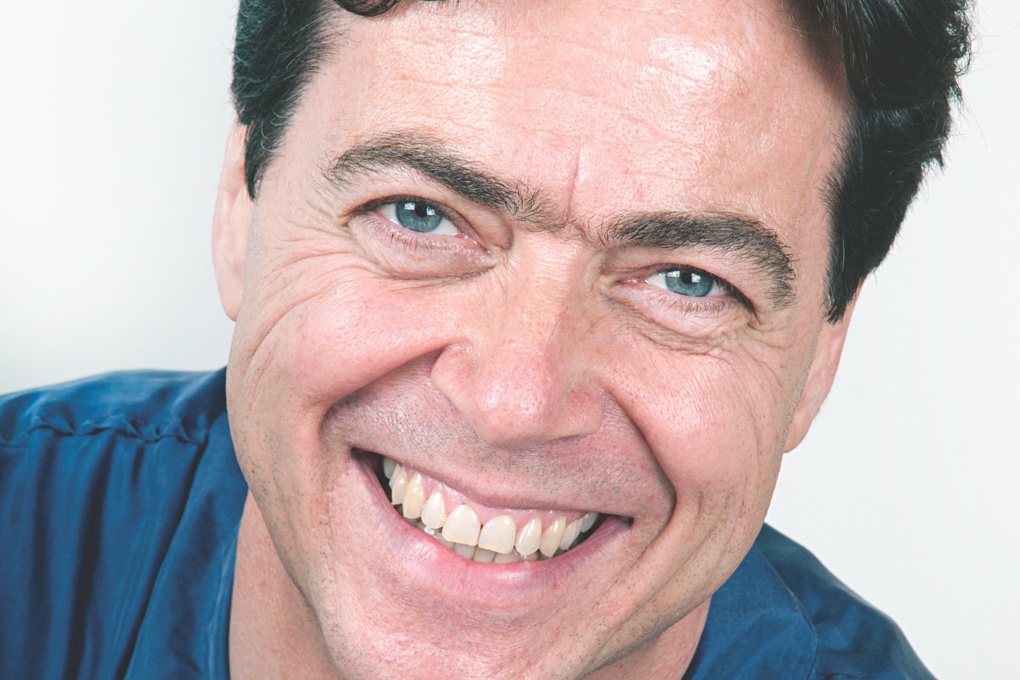
Eddie Jacobs is the co-founder, with scholar and author Michael Berenbaum, of Berenbaum Jacobs Associates, which seeks to transform the “traditional” Holocaust museum — such as Yad Vashem in Jerusalem or the Museum of Tolerance in Los Angeles — by broadening its relevancy for present and future generations. In this interview, Jacobs, a one-time rising actor on Broadway, explains how this concept is being applied to new museums being built in Cincinnati, Dallas and the Balkan nation of Macedonia.
Jewish Journal: Is there a need for transforming “traditional” Holocaust museums? If so, why?
Eddie Jacobs: The museums you mention are groundbreaking historical museums that transformed the way in which the public views the subject matter of the Holocaust as well as how historical museums may present difficult and complex narratives. To a great extent, the new generation of museums is a result of the success of those mentioned. Ever-expanding interest in the subject, unexpected attendance rates, and visitor and educator encouragement have forced these — and new institutions — to expand their subject portfolio into broader realms.
JJ: If so, how do you visualize this transformation?
EJ: From a programmatic standpoint, it means a broader menu of subjects. Where once just the Holocaust story was told, we now see forays into other atrocities and genocides, human rights, tolerance and civic responsibility. Further, new technologies have been developed allowing expansion of the exhibition palette. Virtual-reality survivor testimony is now being incorporated where students can ask questions of a three-dimensional holographic projection of an actual Holocaust survivor. Virtual “tours” of concentration and death camps have been methodically and realistically constructed. As technology progresses, the challenges facing the educator and museum designer to find a balance between genuine reality and virtual reality become ever more complex.
“New technologies have been developed allowing expansion of the exhibition palette.”
JJ: How do you make the memory of the Holocaust meaningful to generations born after the actual Holocaust?
EJ: The first thing that we must do is to legitimize that question. We always begin our museum experiences with an orientation space meant to introduce our visitors to the journey ahead. At the very top of the agenda is to ask that fundamental question: “Why should I care about this event?” “How does it touch me today?” “I know that it was awful, and it’s very sad, but what relevance does it have in my life and reality?” We answer these questions by saying that the purpose of the exhibition they are about to see will allow each of them to draw their own answers and conclusions to those very legitimate and important questions.
JJ: What are some of your major projects at this time?
EJ: In March, the Holocaust Memorial Center for the Jews of Macedonia is opening in Skopje on the 75th anniversary of the near total destruction of that community. There, we have the opportunity to tell the story of a Jewish community in existence since Roman times, their special relationship to Alexander the Great and his inclusion in the Talmud, the Golden Age of Spain and subsequent expulsion, Ladino culture, and then the particular Holocaust narrative that befell that community. In January of next year, we will be opening the Dallas Holocaust and Human Rights Museum. The first part of the museum is a unique Holocaust narrative which transitions into a groundbreaking exhibition on human behavior and how we all can create a better world. In Dallas, 18 months from now, the Dallas Holocaust and Humanity Museum will open, featuring a singular Holocaust narrative which seamlessly transitions into a human rights exhibition, and culminates in an innovative exhibition called “American Ideals, Reality and Repair.”
There are other projects in the works, but these represent some of the upcoming highlights.
JJ: Among Hollywood filmmakers, you occasionally hear the phrase “Holocaust fatigue” to indicate that the general moviegoer — not necessarily Jewish — may be getting tired of the subject. What is your view?
EJ: My view is, of course, biased. That said, check out the attendance levels at the ceaseless flow of Holocaust-related movies, books, art shows, dance works, theatrical presentations, museums etc. As stated above, the methodology that we have created in transmitting these stories strikes universal chords. Hence their popularity despite the difficult subject matter. There is also a statement of profound humanity. For in all that darkness, the sparks of kindness and compassion we discover continue to inspire us. And the example of the survivors, in their resilience and grace, elevates us.







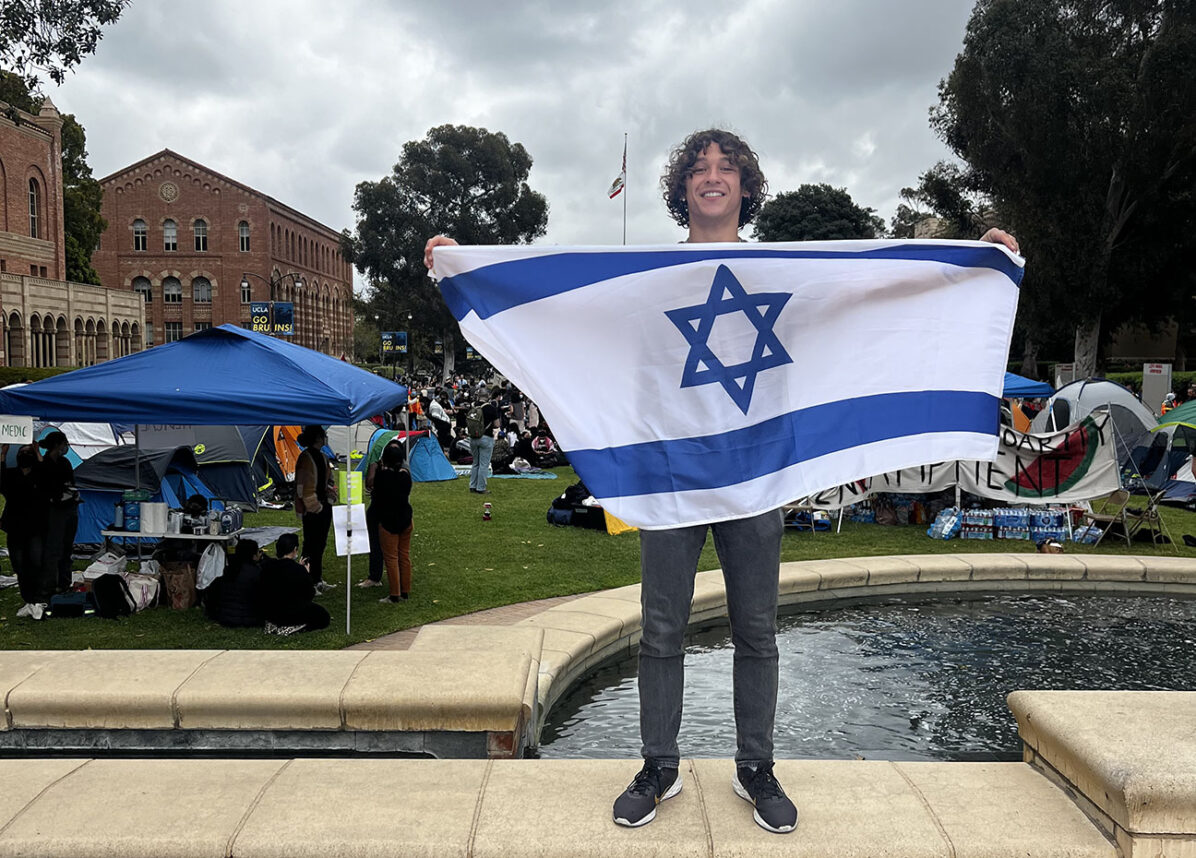
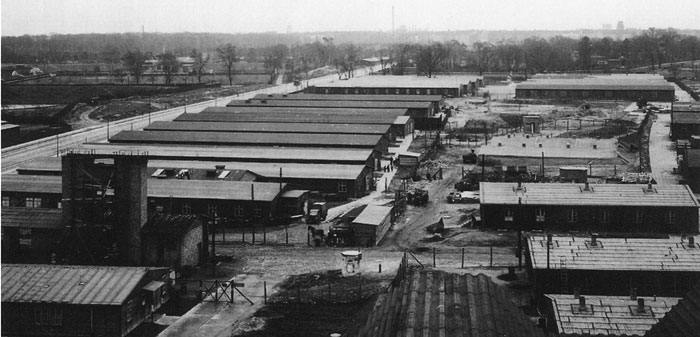
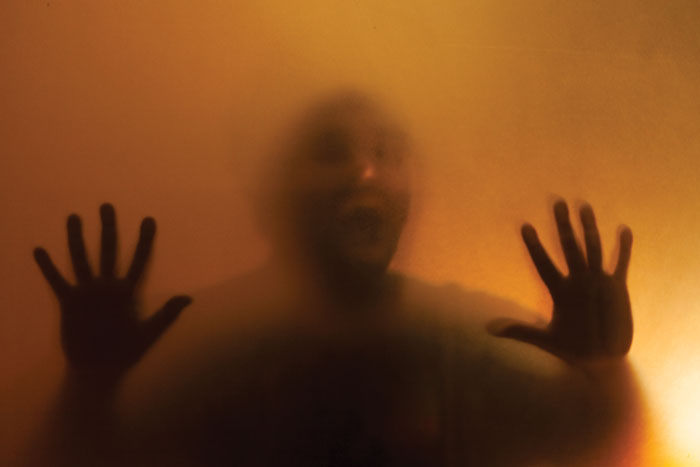
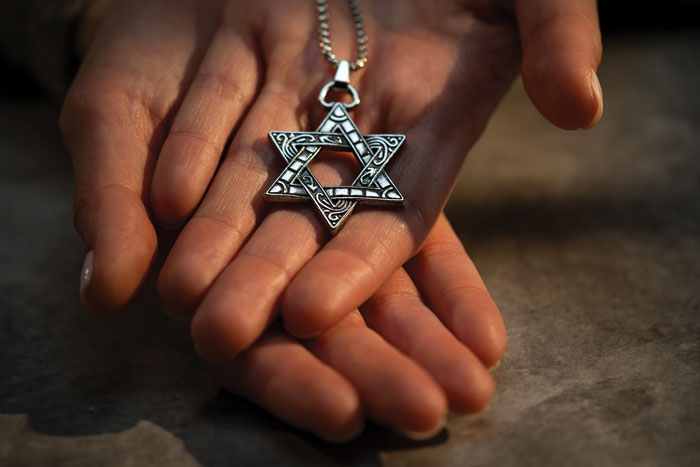

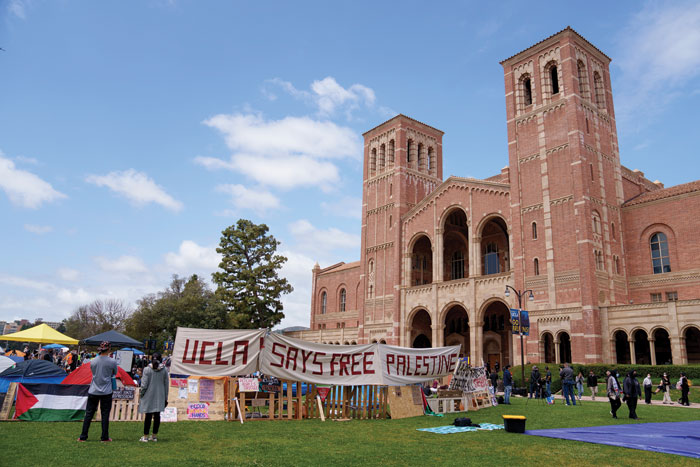


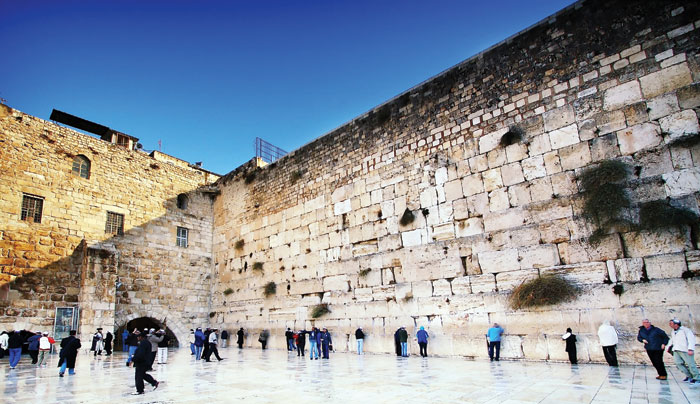
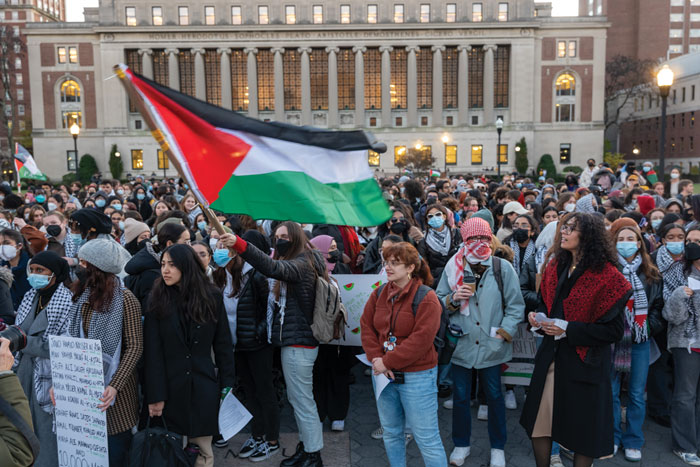
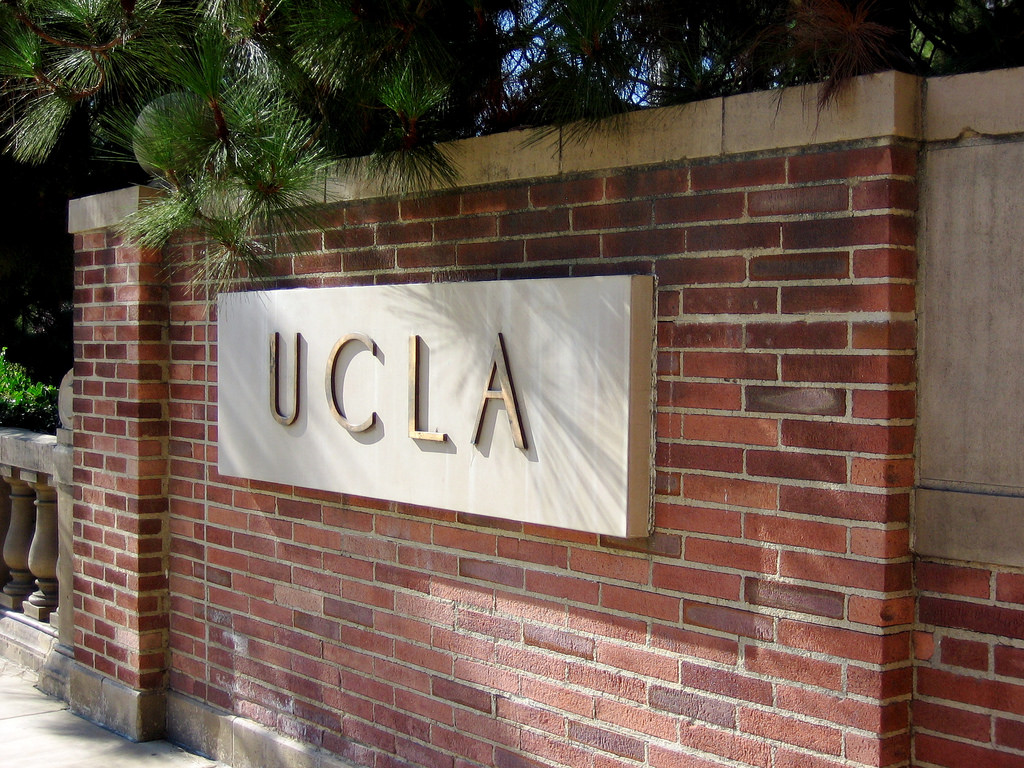





 More news and opinions than at a Shabbat dinner, right in your inbox.
More news and opinions than at a Shabbat dinner, right in your inbox.